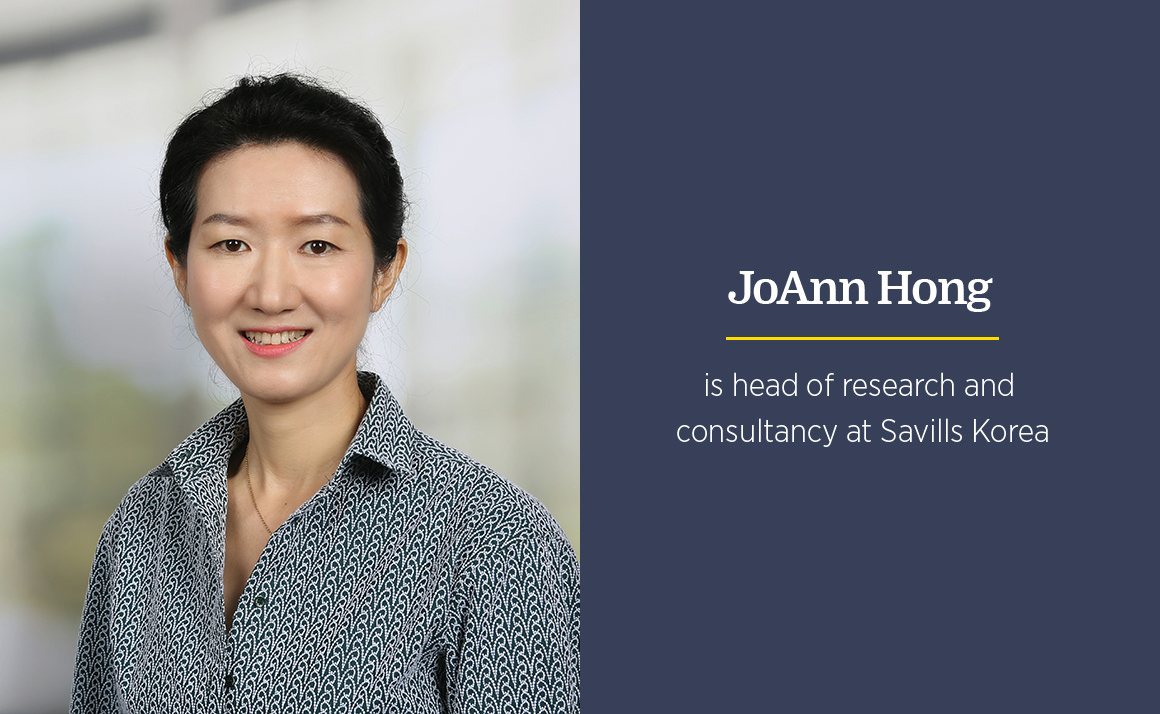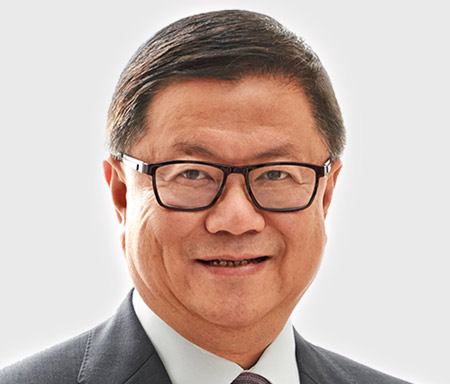
Korean investors begin to move up the risk spectrum
Increasing institutional allocations to real estate and a lack of domestic opportunities is driving Korean investors into new structures and sectors.
The usual commercial real estate deal in Korea involves a tax-efficient real estate fund (REF) or real estate investment trust (REIT) structure used to acquire a single asset. Such structures require a licensed asset management company (AMC) and these companies also play a key role in deal sourcing and underwriting, as well as structuring. Typically, an AMC will secure a deal and then request investment from limited partners for a vehicle life of five to seven years.
This deal-by-deal approach was long preferred by Korean institutions, but as allocations to real estate have increased, along with competition for assets, there is a growing preference to give discretion to AMCs via blind fund mandates. Initially in the core space, these mandates would see allocations of $300-500m to asset managers to invest on behalf of the LPs. Often the blind fund investors might be one or several group companies using a related company AMC, or they might be pensions or credit co-operatives selecting an unrelated party through a competitive tender.
The return hurdles for such blind funds are often lower than international investors might expect; with target returns as low as 5-7% for core strategies. This, along with cap rate compression, scarcity of opportunities and forecast higher interest rates, mean investors have slowly moved up the risk curve; establishing value-add blind funds and targeting sectors such as logistics. The diversification in strategies follows the approach of international investors in Korea, who have traditionally led the way in higher risk strategies and niche sectors.
The Korean economy is the 13th largest globally, but real estate investment turnover is small relative to its size and population. Thus there is a mismatch between allocation to alternatives and the number of domestic opportunities. For these reasons we are increasingly seeing Korean groups deploy larger amounts of capital overseas in the real estate debt and equity markets. Appetite for risk overseas is still somewhat limited, and investors tend to prefer to club together to reduce exposure in a single deal, a trait which has supported the new role of Korean securities companies. Due to club structures increasing transaction timelines and closing risk, securities companies use balance sheet cash to close and then syndicate to LPs in return for fees.
Following the domestic trend and due to the fact that overseas investments still normally require an onshore REF/REIT structure managed by an AMC, it is likely that we will see the emergence of Korean funds targeting overseas deals and potentially taking on increasing risk in markets abroad.
Contact Us:
JoAnn Hong



